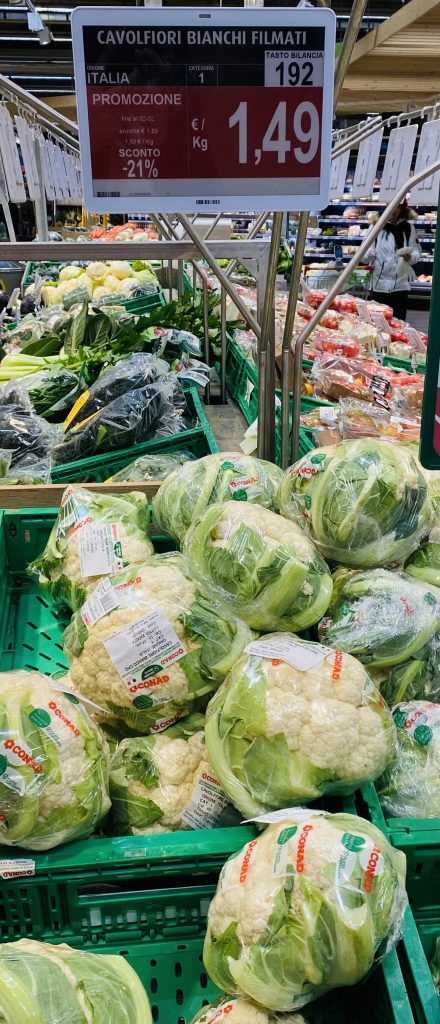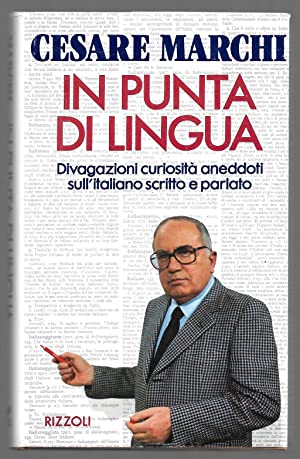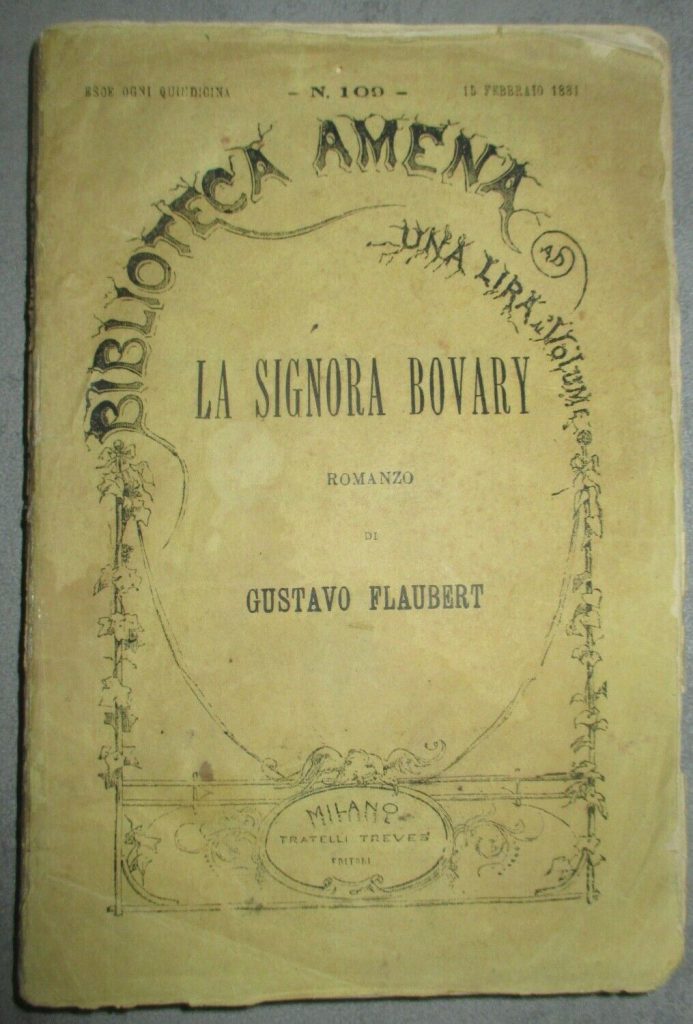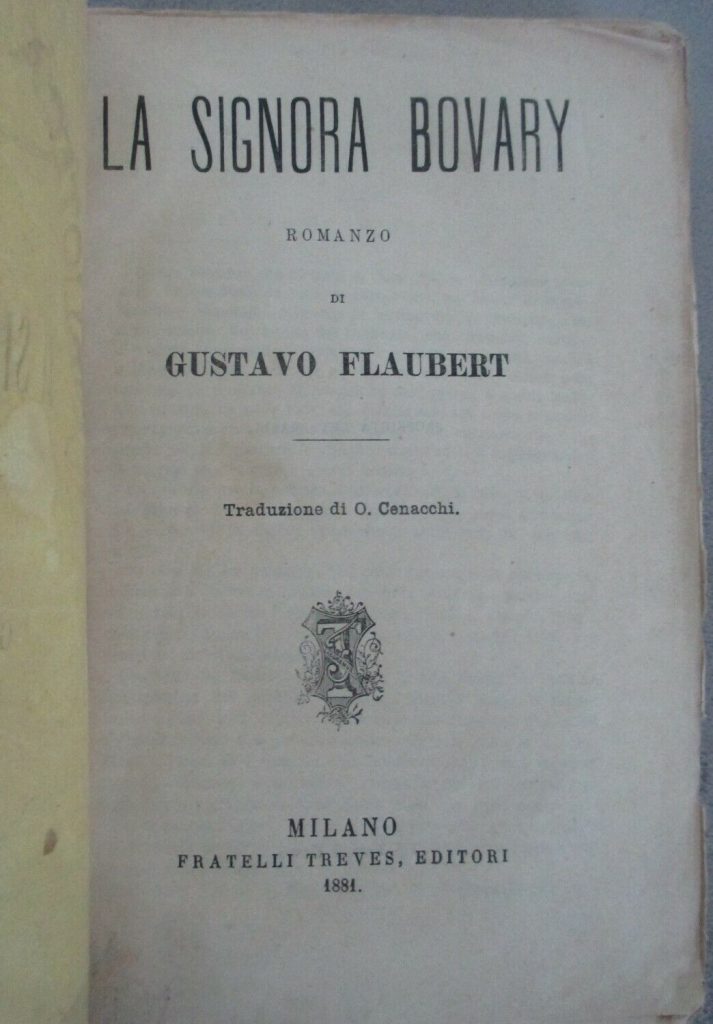Si apprende dalla stampa che “Dal primo luglio 2024 il canone Base Telepass costerà 3,90 euro al mese, prima si chiamava Family e costava 1,83 euro al mese.”
È un +113%, giustificato dal “mutato contesto di mercato e tecnologico e avendo maturato la consapevolezza di disporre di un’esperienza, di un’offerta e di una capacità di innovazione uniche sul mercato“.
L’obiettivo è quello di avere una “nuova proposizione commerciale che valorizzi al meglio, anche in prospettiva, l’ecosistema della propria offerta consumer e punti, al contempo, e offrire soluzioni sempre all’avanguardia per le necessità di movimento della propria clientela in ambito urbano“.
Sarebbe interessante sapere quanti e quante capirebbero l’italiano dell’AD di questa società che, nascondendosi dietro a un italiano bisunto di gergo commerciale e fumoso, tenta di giustificare un aumento incomprensibile.
Innanzitutto, già il nome commerciale elimina la parola Family – così tanto promossa dall’attuale governo – e si passa a Base – ossia, sotto questa soglia si intravedono le pezze ai gomiti e i colletti rigirati e non puoi aspettarti di meno.
La seconda affermazione innesca delle dinamiche nebuolse: cosa è cambiato nel mercato ‘mutato’ ? Il mercato è in costante mutamento. Tuttavia, Telepass ha raggiunto una consapevolezza nirvanica della propria esperienza e sa di avere un certo potenziale, per cui un addebito a priori è giustificato. Questo dato viene ribadito ‘anche in prospettiva’, ossia in futuro. Quindi meglio addebitare da subito. Poi meglio ‘offerta consumer’ anziché ‘offerta consumatori’, perché – si sa – condire con un po’ di anglicismi serve sempre.
Ma è la ‘proposizione commerciale’ che lascia perplessi. Cosa si intende per ‘proposizione’? Una proposta forse? Una ‘value proposition’ in inglese è una ‘dichiarazione di valore’ non certo una proposizione, che in italiano è pari a un enunciato.
Parafrasando dunque: l’aumento del 113% è giustificato perché il mercato è cambiato (come? in quale misura?) e sappiamo di essere gli unici ad avere la conoscenza tecnologia anche futura (?). Il nostro obiettivo è quello di migliorare (quando? In un futuro prossimo o lontano?) la nostra offerta (quindi al momento non è la migliore?) per i nostri clienti quando hanno bisogno di viaggiare o parcheggiare l’auto.
Si evince quindi una dichiarazione di intenti in virtù della quale Telepass ha il diritto di rincarare i prezzi degli abbonamenti non tanto per effettive migliorie (o per lo meno non esplicitate in queste affermazioni), bensì per la sola consapevolezza – acquisita o rivelata -della propria posizione. Giubilo sia dunque in tutto l’italico reticolato autostradale. Benvenute dunque queste entrate giustificatissime nei forzieri Mundys.
PS. Mentre scrivo, dalla sua scrivania la mia assistente Millicent mi sussurra che da anni usa Telepass e mi assicura che non ha mai notato nulla di mutato. Solo il prezzo.

















